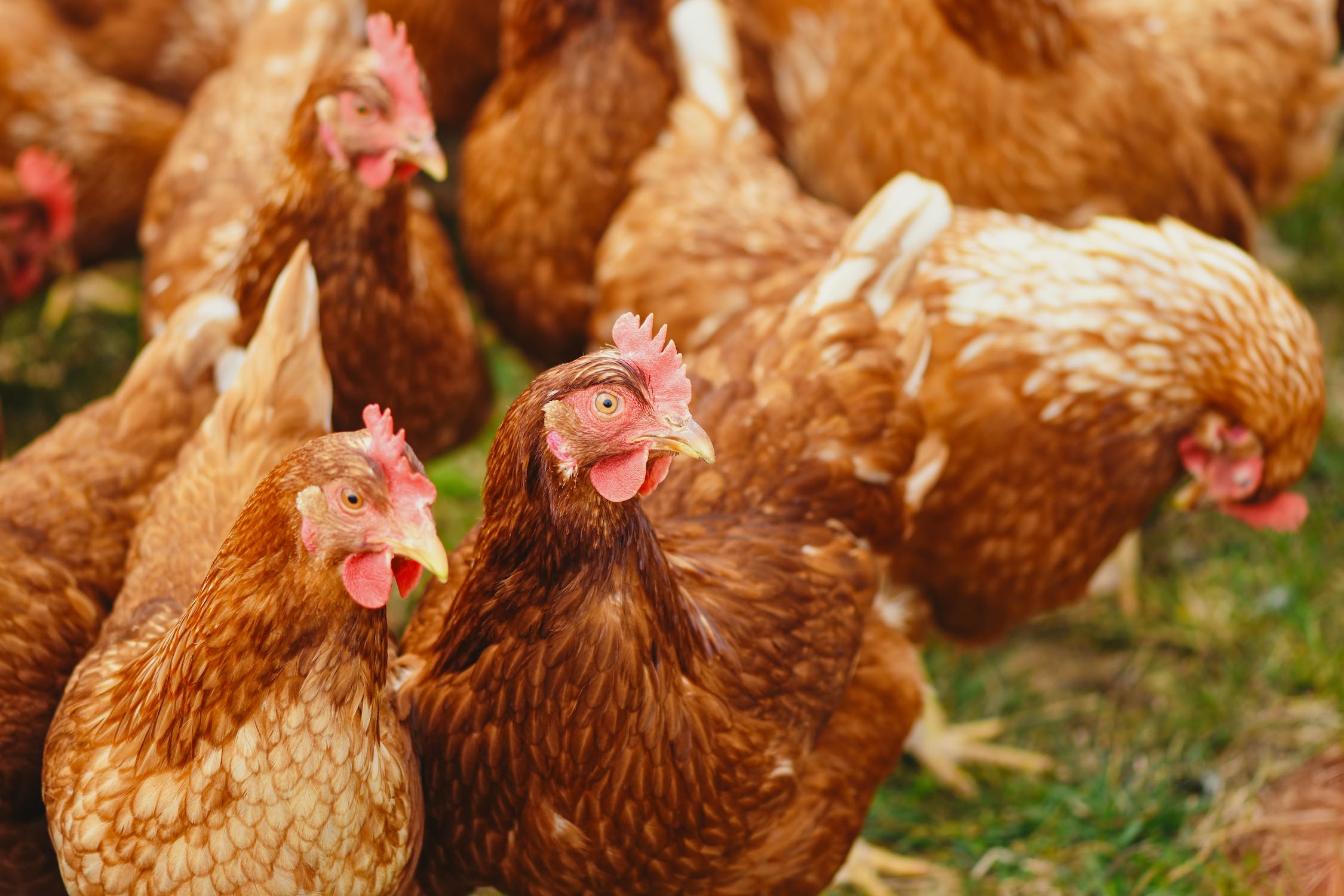
22 Jun FOR THE BIRDS: THE FUTURE OF POULTRY PRODUCTS TAKES SHAPE
Yum, yum, and more yum: As you’re aware, poultry has long been a staple of many folks’ diets. (It’s hard to argue with the power of the chicken nugget.) However, as the world’s population continues to grow and environmental concerns mount, the poultry industry faces a host of rising challenges – which means that change is also coming. Bearing this in mind, we wanted to take a few minutes to talk about the future of poultry and where things have the potential to trend in the weeks and months ahead.
Case in point: One of the most pressing issues facing the poultry industry is the need to produce food in a more sustainable and eco-friendly manner. We’re talking about reducing greenhouse gas emissions, minimizing water and land use, and decreasing waste throughout the production process, among other topics. To achieve these goals, the industry is adopting innovative production methods, such as precision agriculture and vertical farming. If you’re not familiar with these concepts, precision agriculture employs technology, such as drones, sensors, and GPS, to optimize resource use and monitor animal health, leading to improved efficiency and reduced environmental impact. Vertical farming, on the other hand, involves stacking poultry production in multi-story structures, significantly reducing the land required for farming. These innovative approaches, when combined with renewable energy sources and waste recycling, can help make meat production more sustainable and environmentally responsible.
The search for alternative proteins and feed ingredients has gained momentum in recent years too, driven by concerns about the environmental impact and resource-intensive nature of traditional animal feed, such as soybean meal and fishmeal. In response, the poultry industry is exploring alternative feed sources that are both sustainable and nutritious. One promising alternative is the use of insects such as black soldier fly larvae as a source of protein in poultry feed. Insect farming requires significantly less land, water, and feed resources compared to traditional protein sources and produces far fewer greenhouse gas emissions. Despite their creepy-crawly nature, insects are also nutritionally rich, providing essential amino acids, vitamins, and minerals that support poultry health and growth.
Mind you, another sustainable feed option is the use of algae, particularly microalgae, which are rich in protein, omega-3 fatty acids, and other essential nutrients. Algae can be cultivated using minimal resources and can even help reduce carbon dioxide emissions by absorbing CO2 during photosynthesis. These alternative feed ingredients hold great potential in reducing the environmental footprint of poultry production while maintaining nutritional quality.
Also important to note is that animal welfare is an increasingly pressing ethical consideration in the poultry industry, with consumers growingly demanding higher welfare standards for the animals they consume. To address these concerns, the industry is adopting new technologies and practices that improve animal welfare, such as advanced monitoring systems and enriched environments.
By way of illustration, advanced monitoring systems, including cameras and sensors, allow producers to track animal health and behavior more accurately, enabling them to detect and address welfare issues more effectively. As for the general concept of enriched environments, they provide birds with opportunities for natural behaviors such as perching, dust bathing, and foraging, and can significantly improve their quality of life.



